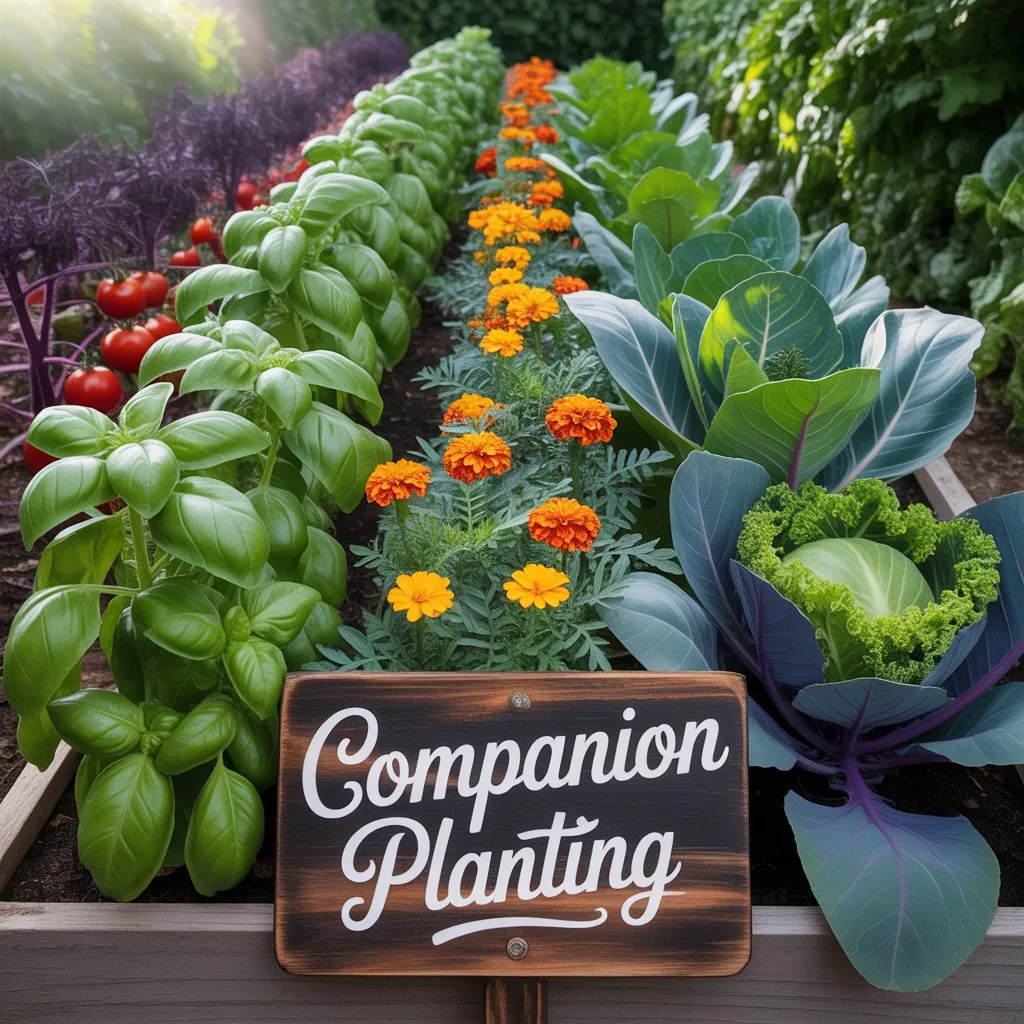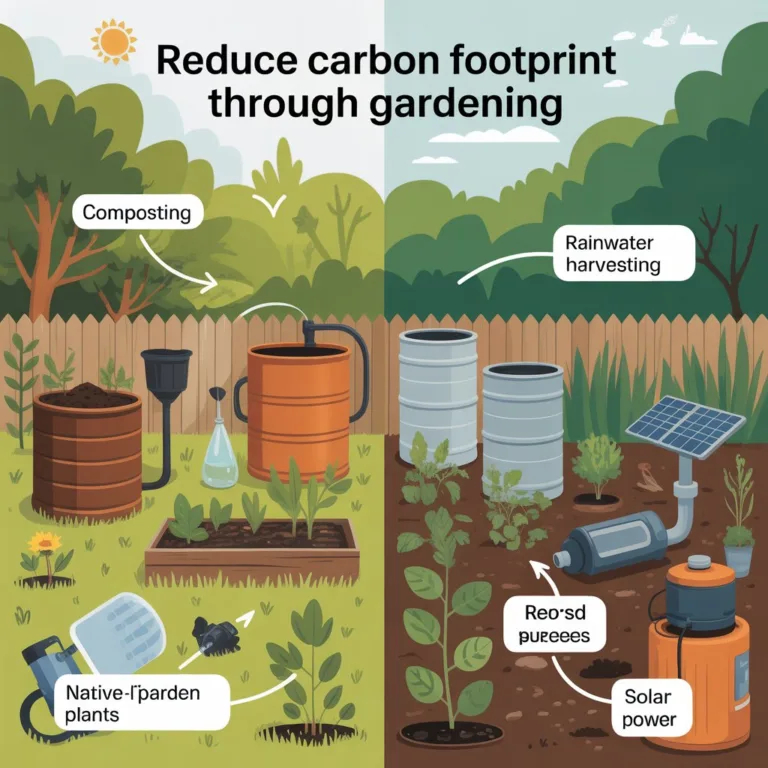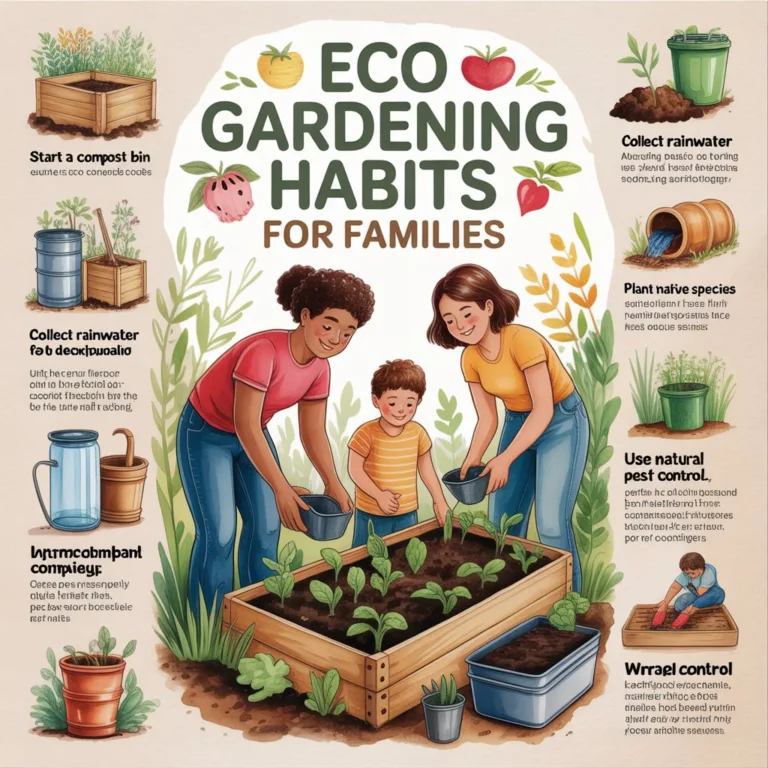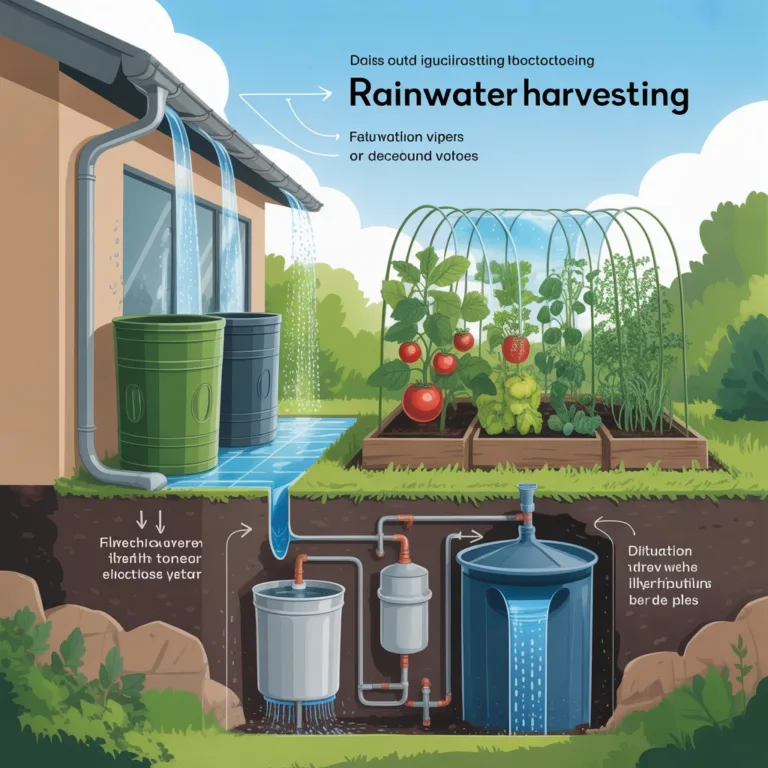Gardening is an art, a science, and a sustainable practice all in one. Among the most effective and eco-friendly methods to maintain healthy plants is companion planting—a technique that uses the natural relationships between plants to reduce pests, improve growth, and promote biodiversity. Beyond its practical benefits, companion planting allows gardeners to design visually appealing and productive spaces while working in harmony with nature.

By understanding the principles of companion planting, gardeners can naturally protect their plants from pests, enhance soil fertility, attract beneficial insects, and create a balanced ecosystem. This approach reduces reliance on chemical pesticides and fertilizers, fostering a healthier environment for humans, plants, and wildlife alike.
Understanding Companion Planting
Companion planting is the practice of placing specific plants close to one another so they benefit each other in some way. These benefits may include pest deterrence, nutrient sharing, soil improvement, or attracting helpful insects.
Every plant interacts with its environment by releasing chemical compounds, scents, or nutrients. Some plants naturally repel harmful insects, while others draw beneficial predators that target garden pests. Companion planting also allows gardeners to maximize space efficiency and create aesthetically pleasing arrangements, combining utility with visual appeal.
Benefits of Companion Planting
- Natural Pest Control: Plants like marigolds, garlic, and nasturtiums release scents or compounds that deter pests such as aphids, nematodes, or whiteflies.
- Improved Growth: Certain plant pairings enhance nutrient availability. Legumes, for example, fix nitrogen in the soil, benefiting leafy vegetables and other neighboring plants.
- Attracting Beneficial Insects: Flowers such as borage, alyssum, or dill draw pollinators and predatory insects like ladybugs and lacewings, which help control garden pests naturally.
- Enhanced Biodiversity: Plant diversity reduces disease risk, supports soil health, and creates a resilient garden ecosystem.
- Aesthetic Harmony: Companion planting allows for creative layering of colors, textures, and plant heights, making the garden visually captivating while functional.
Common Companion Plant Combinations
Successful companion planting requires knowledge of compatible plant relationships. Some widely recognized combinations include:
- Tomatoes and Basil: Basil improves tomato flavor and repels flies and mosquitoes.
- Carrots and Onions: Onion scents confuse carrot root flies, protecting the carrots.
- Cabbage and Dill: Dill attracts parasitic wasps that prey on cabbage worms.
- Marigolds and Various Vegetables: Marigolds deter nematodes and other pests.
- Lettuce and Chives: Chives repel aphids and promote lettuce growth.
By observing these interactions, gardeners can craft multi-layered arrangements that are productive and visually appealing.
Designing Your Garden for Companion Planting
Planning is key to creating a successful companion garden. Some factors to consider include:
- Sunlight Requirements: Group sun-loving plants together and shade-tolerant plants in areas that receive partial sunlight.
- Plant Height and Growth Habits: Taller plants like corn can provide shade for smaller, shade-loving plants. Trailing plants like squash can cover soil and suppress weeds.
- Color and Texture: Mixing flowers, herbs, and vegetables with different textures and colors enhances both the visual appeal and ecological function of the garden.
- Watering Needs: Group plants with similar water requirements to maintain consistent soil moisture.
A well-planned garden balances aesthetics, functionality, and ecological efficiency.
Companion Planting in Small Spaces
Even limited spaces such as balconies or container gardens can benefit from companion planting. Vertical gardens, raised beds, and stacked containers maximize planting density while maintaining diversity.
Examples include:
- Stacked Herb Planters: Tomatoes, basil, and marigolds can coexist vertically, saving space while providing pest protection.
- Window Boxes: Lettuce, chives, and nasturtiums combine for flavor, color, and pest management.
- Hanging Baskets: Trailing herbs or flowers attract pollinators and beneficial insects, protecting lower plants.
With strategic placement, small urban gardens can replicate the ecological benefits of larger spaces.
Choosing Plants for Natural Pest Management
Selecting the right plants is essential for effective pest control. Some plants naturally repel pests, while others attract predators that help maintain balance.
Pest-repelling plants:
- Marigolds
- Garlic and onions
- Nasturtiums
- Mint
- Chives
Plants that attract beneficial insects:
- Borage
- Dill
- Fennel
- Alyssum
- Calendula
Combining these plants ensures that your garden resists pests and supports pollination, resulting in healthier and more productive crops.
Enhancing Soil Health
Healthy soil is the cornerstone of any thriving garden. Companion planting improves soil in multiple ways:
- Nitrogen Fixation: Legumes enrich the soil with nitrogen, supporting neighboring plants.
- Soil Aeration: Deep-rooted plants such as carrots and radishes loosen compacted soil.
- Organic Matter: Herb and flower residues add biomass, feeding beneficial microbes and improving soil structure.
Rotating plant families annually prevents nutrient depletion and reduces disease risks, keeping the garden healthy over time.
Watering and Maintenance Strategies
Proper watering and garden care are crucial to maintaining a thriving companion planting system:
- Drip Irrigation: Provides consistent water while minimizing waste.
- Mulching: Retains soil moisture and suppresses weeds.
- Pruning and Thinning: Enhances airflow, reducing disease risk.
- Pest Monitoring: Early detection allows for organic interventions, such as neem oil or insecticidal soaps.
Regular observation and maintenance ensure plants remain healthy and the ecosystem functions effectively.
Combining Edibles and Ornamentals
Mixing vegetables, herbs, and ornamental flowers enhances both garden beauty and functionality.
- Calendula and Lettuce: Bright flowers attract pollinators and repel pests.
- Thyme and Roses: Thyme deters weeds and promotes rose growth.
- Chives and Strawberries: Chives improve fruit quality and repel aphids.
These combinations create gardens that are both productive and visually dynamic.
Vertical and Container Companion Planting
Vertical gardening maximizes space and increases plant diversity without overcrowding. Containers allow for flexible placement of pest-repelling or beneficial plants.
- Herb Towers: Basil, mint, and marigolds can grow vertically on a balcony.
- Stacked Planters: Leafy greens and trailing flowers coexist efficiently.
- Hanging Baskets: Trailing nasturtiums attract pollinators and protect lower crops.
Smart design demonstrates how aesthetics, functionality, and sustainability can coexist.
Overcoming Common Challenges
Despite its benefits, companion planting can present challenges:
- Incompatibility: Some plants, like fennel, inhibit the growth of most vegetables.
- Overcrowding: Excessive density can lead to disease.
- Sunlight Imbalance: Taller plants may overshadow smaller ones.
- Pest Migration: Beneficial insects may not fully control pest populations in isolated gardens.
Observation, adaptation, and planning help mitigate these issues.
Educating Through Companion Planting
Companion planting offers educational opportunities for schools, community gardens, and urban projects:
- Teaches plant biology and ecosystem relationships.
- Demonstrates sustainable pest control methods.
- Encourages problem-solving and environmental responsibility.
Hands-on experiences with companion planting foster curiosity, responsibility, and engagement with nature.
Environmental and Community Impact
Companion planting reflects a larger commitment to sustainability. It reduces chemical inputs, promotes biodiversity, and encourages local food production. By planting strategically and nurturing ecological relationships, gardeners contribute to healthier ecosystems and more resilient urban and rural communities.
Artistic and Ecological Harmony
A companion-planted garden combines ecological functionality with artistic beauty. Thoughtful plant arrangements, color contrasts, and layered textures create a living artwork that serves multiple purposes.
Experimenting with different plant combinations, observing seasonal changes, and adapting layouts encourages creativity and deeper connection with nature. Every garden becomes a dynamic, evolving system where aesthetics and ecology coexist.

Sofia Greenfield is a sustainable gardening expert and environmental educator who inspires families and urban gardeners to cultivate green spaces responsibly. She shares practical tips on growing vegetables, herbs, and flowers using eco-friendly and recycled materials, emphasizing the joy of gardening while protecting the planet.



